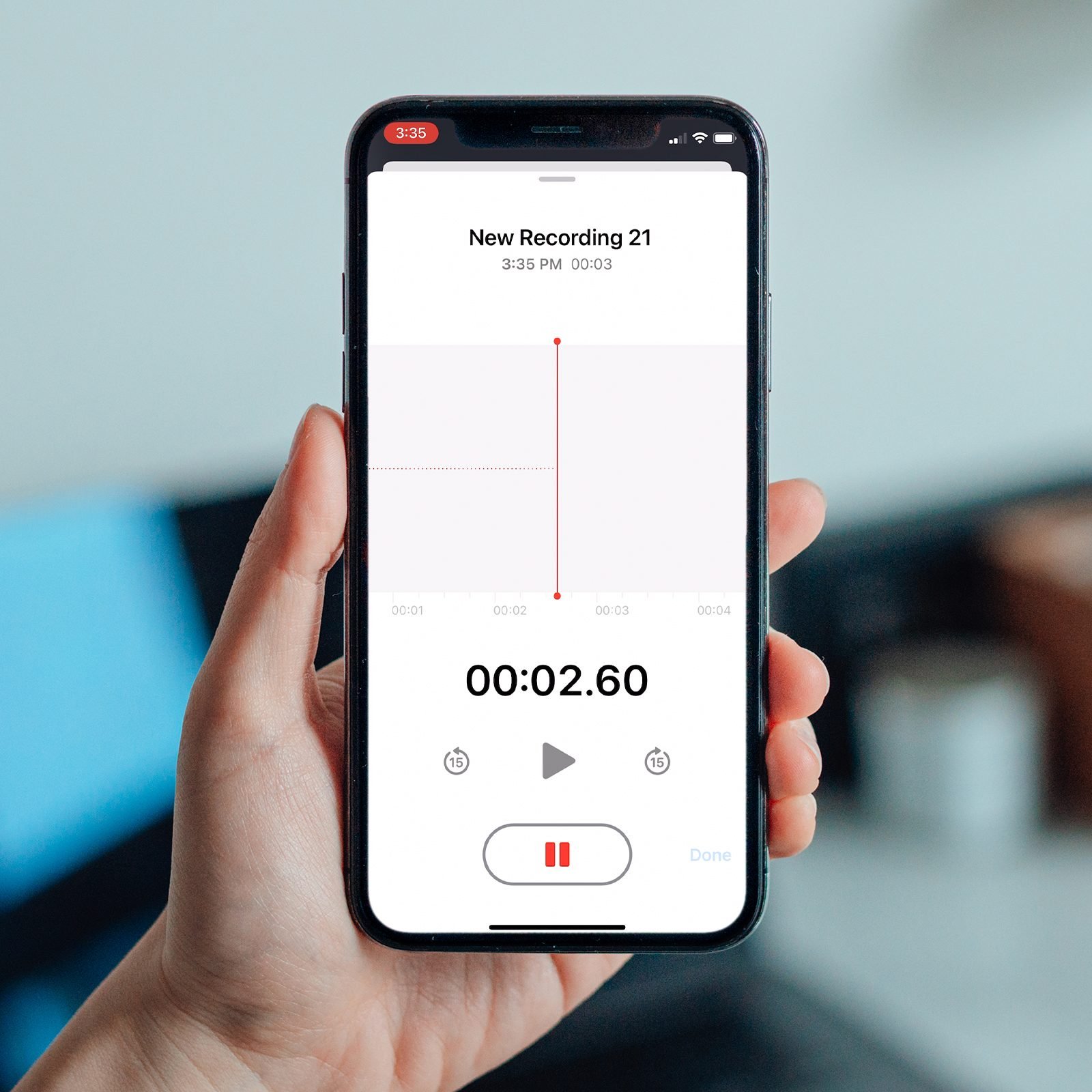Understanding why you should transcribe voice memos can transform your productivity—but first, let me tell you about an embarrassing pattern I discovered that shows exactly why transcribing voice memos is essential.
It started innocently enough. March 15th, during my morning coffee, I was frustrated with how long it took our team to onboard new clients. I grabbed my phone and recorded a quick voice memo: “What if we created a standardized checklist system that guides new clients through setup automatically? Could save us hours per client…”
I felt good about capturing the thought. Made a mental note to think more about it later. Then life moved on.
Two months later, May 22nd, I was stuck in traffic after a particularly difficult client call. Same frustration, same problem. I started recording: “We need some kind of automated system that walks clients through the initial setup process. Like a step-by-step guide that eliminates all the back-and-forth emails…”
Again, I thought I was being productive by capturing the idea. Again, it disappeared into my growing collection of voice memos.
August 8th. Another client onboarding headache. This time I was at the gym, between sets, when the solution hit me: “Why don’t we build an interactive onboarding portal? Clients could complete everything at their own pace, and we’d save tons of time on hand-holding…”
Three separate moments. Three identical problems. Three virtually identical solutions. But because they were scattered across months of unorganized voice recordings, buried among grocery lists, random shower thoughts, and meeting notes, I never connected the dots.
The realization came accidentally. I was cleaning up my phone storage and decided to finally tackle my voice memo collection. As I started listening to older recordings, I had that uncomfortable déjà vu feeling. Wait, hadn’t I already thought of this solution?
When I found all three recordings, I felt simultaneously brilliant and incredibly stupid. Brilliant because I’d consistently identified the same core problem and arrived at the same smart solution. Stupid because I’d essentially wasted six months reinventing my own wheel.
But it got worse. As I continued digging through my voice memos, I found I hadn’t just repeated the basic idea three times—I’d actually evolved it across multiple recordings:
March 15th: Basic checklist idea April 3rd: Mentioned integration with our existing tools May 22nd: Automated step-by-step system June 18th: Client self-service component July 12th: Progress tracking for our team August 8th: Full interactive portal concept
I had basically designed an entire solution piece by piece, memo by memo. But because everything stayed in audio format, scattered across dozens of recordings, I never saw the bigger picture. Each insight felt new instead of building on previous thoughts.
This discovery forced me to confront an uncomfortable truth: How many other good ideas had I developed incrementally, only to lose them in the voice memo shuffle?
I committed to transcribing my entire backlog. It took forever, but the patterns that emerged were fascinating. I wasn’t just having random business thoughts—I was systematically working through solutions to our most pressing challenges. I just never realized it because the pieces stayed disconnected.
The manual transcription process revealed something important: my best thinking happened in fragments, building on previous ideas I’d completely forgotten about. Concepts that seemed unrelated in isolation became powerful when connected.
But doing this manually wasn’t sustainable. I needed a system that would eliminate the transcription bottleneck entirely.
That’s when I discovered VoxDocs—the simplest way to transcribe voice memos automatically.
The beauty of VoxDocs is its simplicity. Every time I save a voice memo, it automatically transcribes it and appends the text to a Google Doc. No manual upload. No remembering to process recordings later. The transcription just happens seamlessly in the background.
Having everything in one searchable Google Doc changed everything. Instead of scrolling through dozens of audio files trying to remember which one contained what idea, I could simply search for keywords like “onboarding” or “client setup” and immediately find every related thought I’d recorded over the past months.
When I searched “onboarding” in my VoxDocs Google Doc, all six recordings appeared instantly. For the first time, I could see the evolution of my thinking laid out chronologically. What had felt like separate ideas were clearly building blocks of a comprehensive solution.
The searchable format also revealed patterns I never would have noticed otherwise. I discovered I’d been circling around several other business challenges the same way—developing solutions incrementally across multiple recordings without realizing the connections.
We eventually did build that client onboarding system, incorporating insights from all those “separate” voice memos. It’s saved our team hours each week and made the client experience much smoother.
The funny thing is, I probably would have implemented the solution months earlier if I’d just been able to search my own thoughts. Sometimes the biggest barrier to solving a problem isn’t lack of ideas—it’s not being able to find the ones you’ve already had.
Your best solutions might already exist in your voice memos, waiting to be discovered. Don’t let good thinking stay trapped in audio format where it can’t be found. Start transcribing your voice memos today.

Leave a Reply